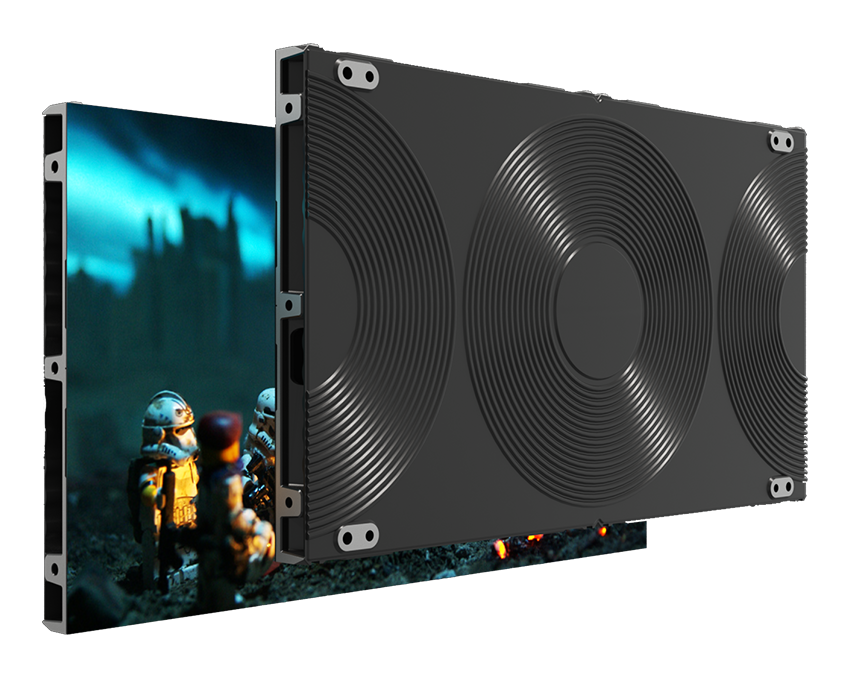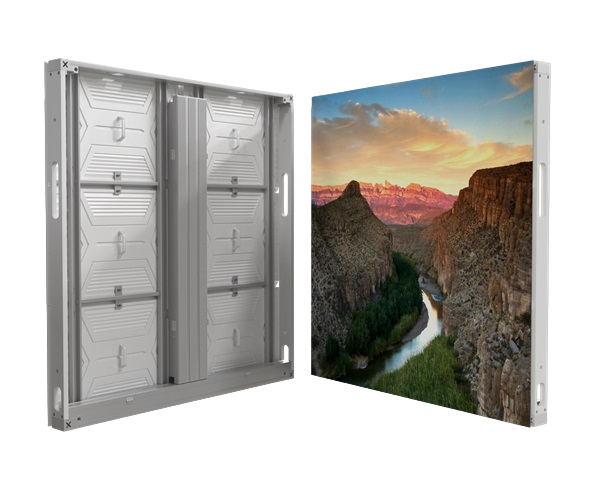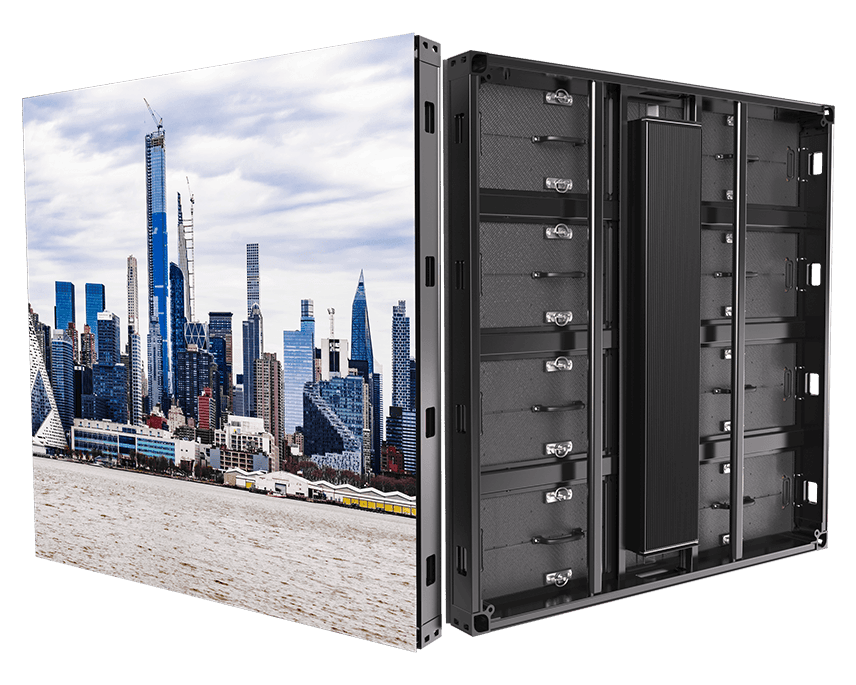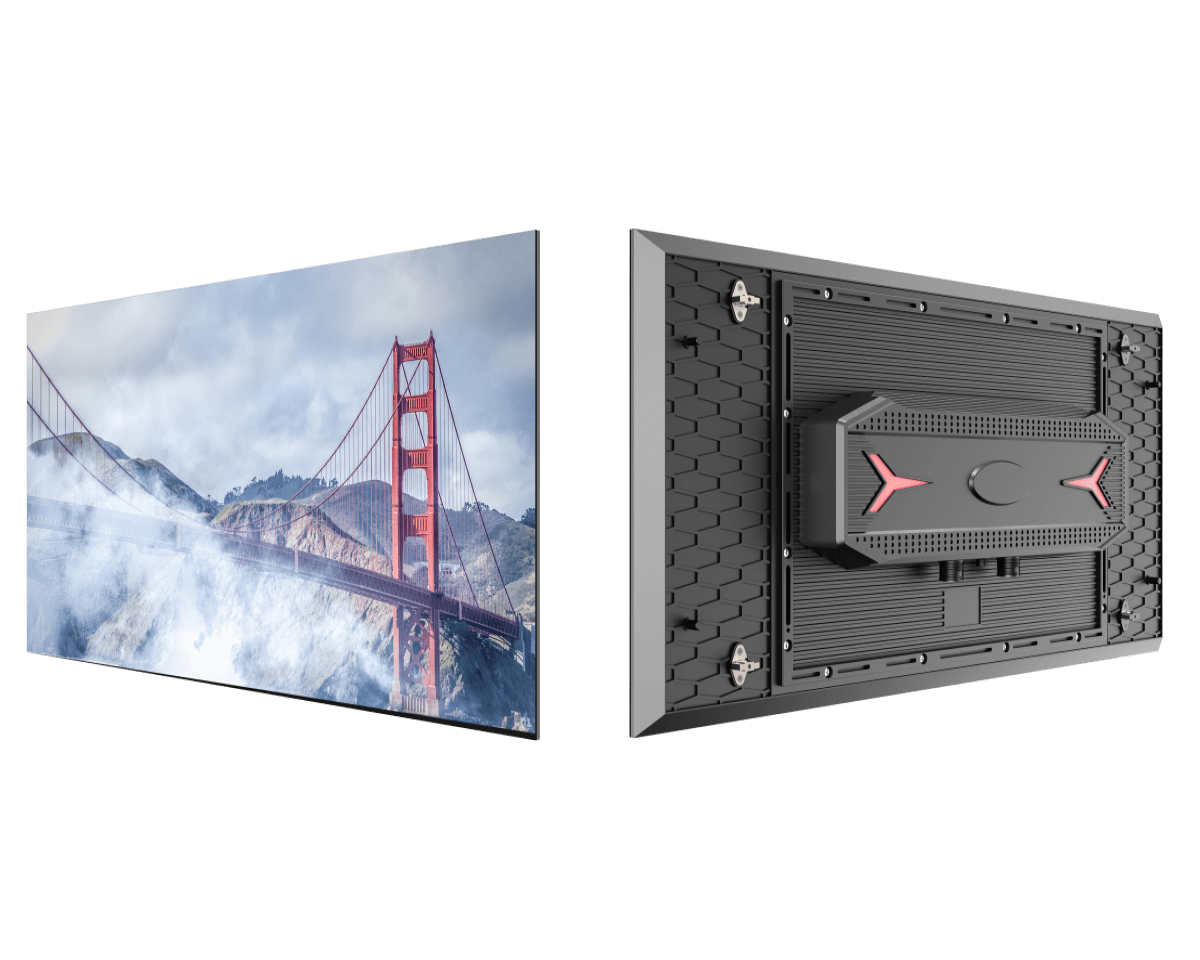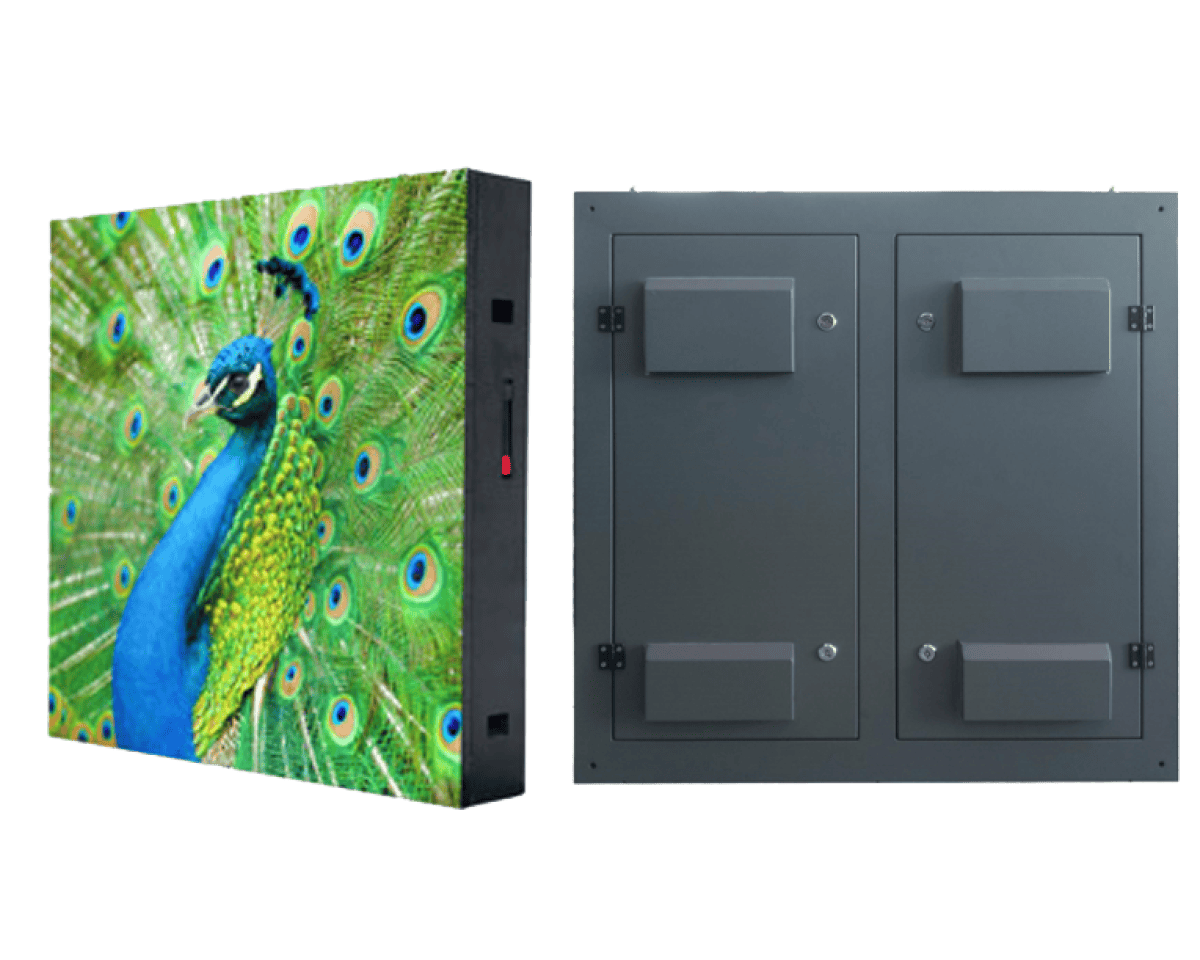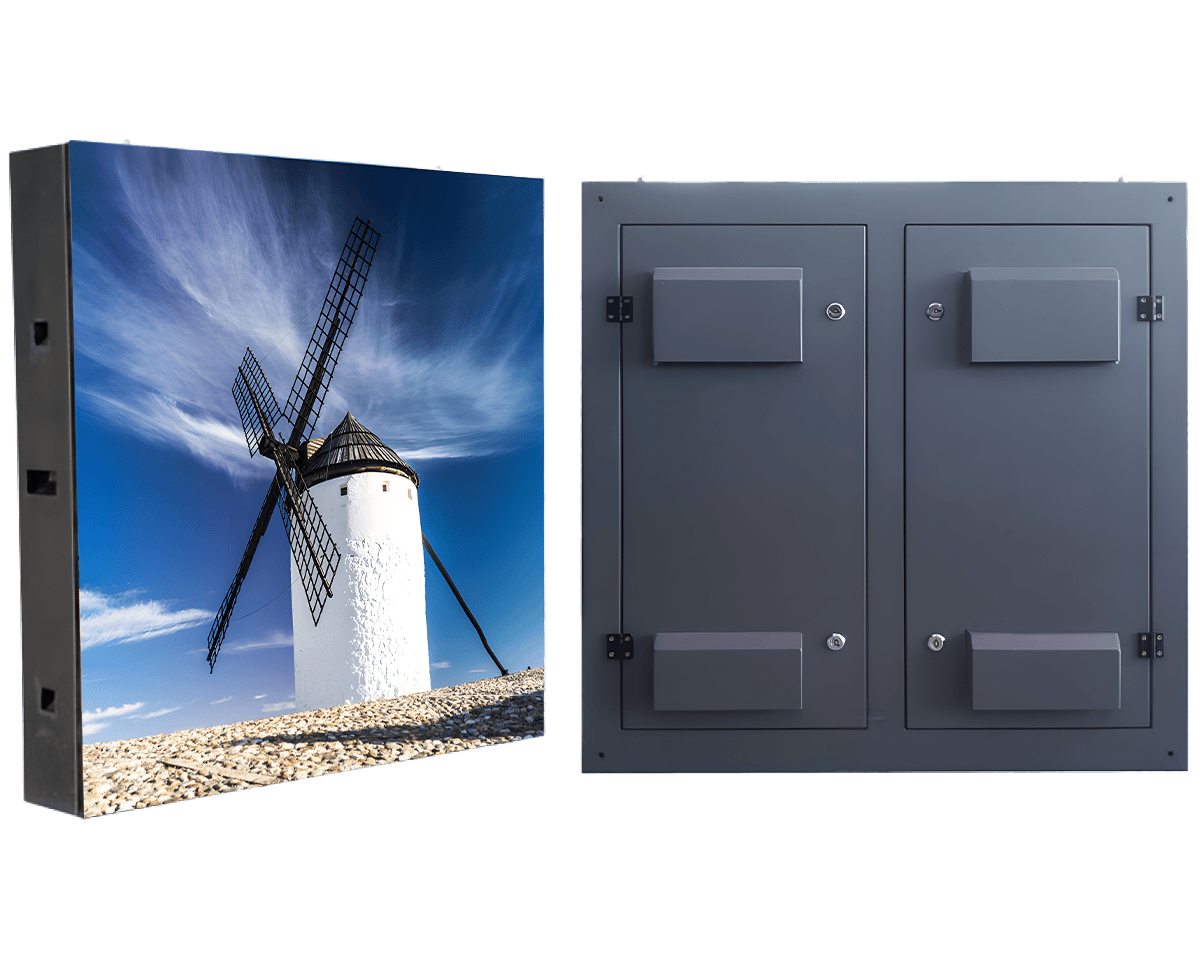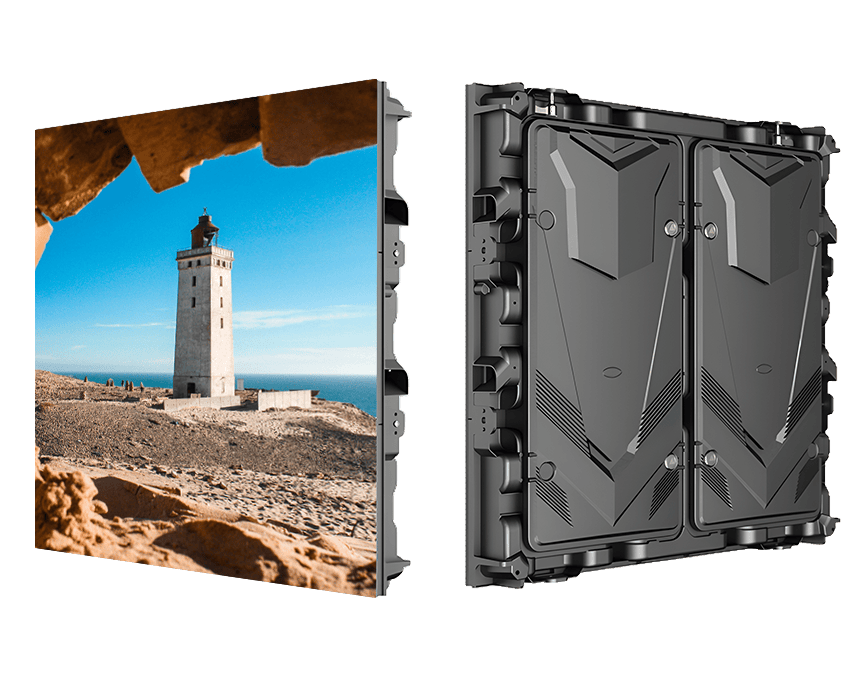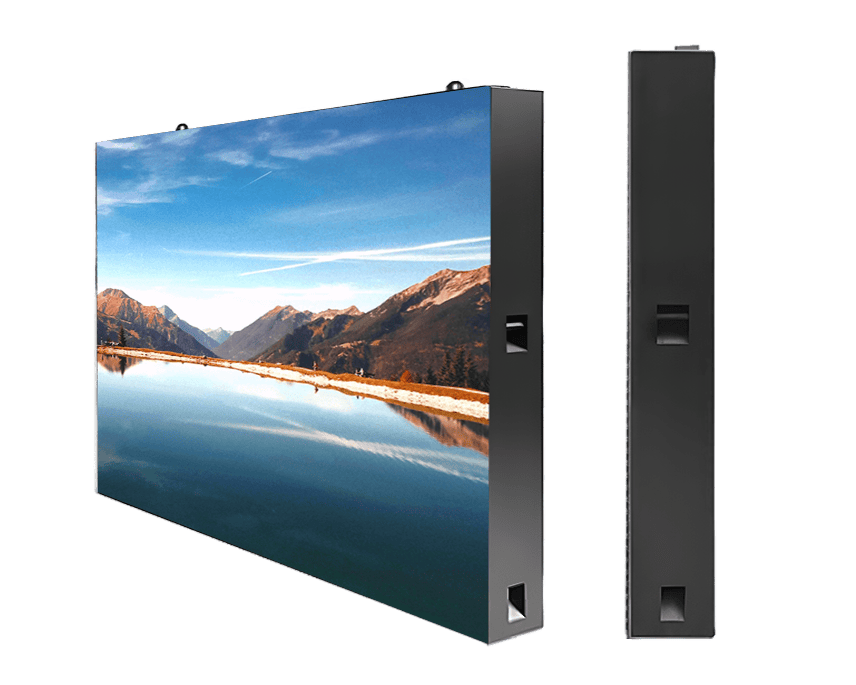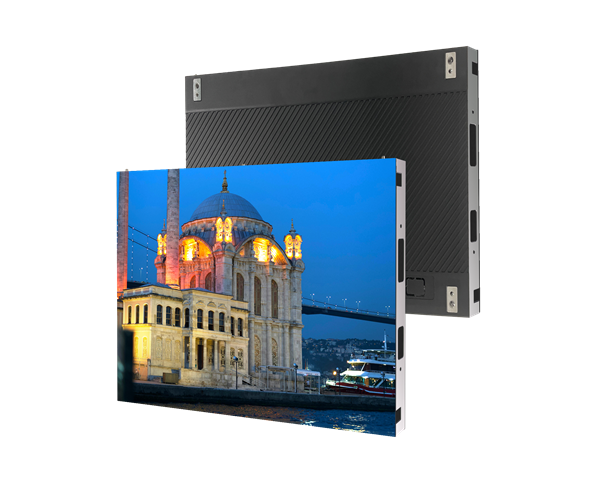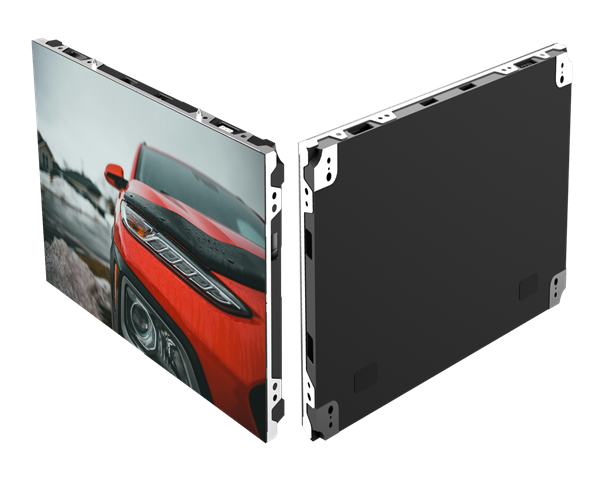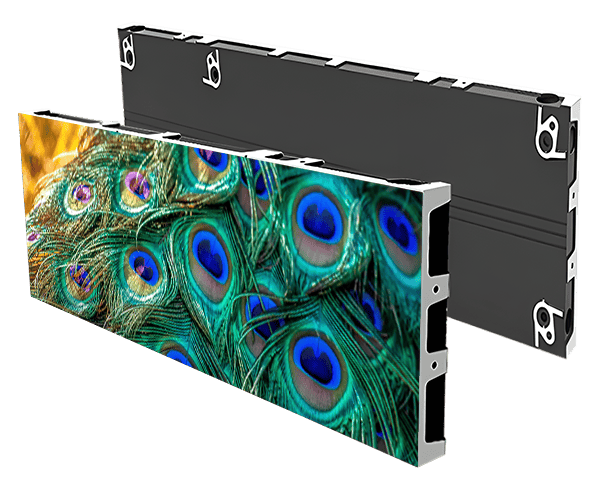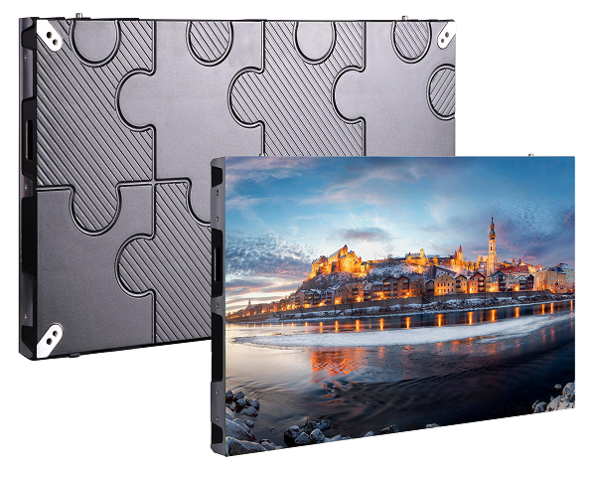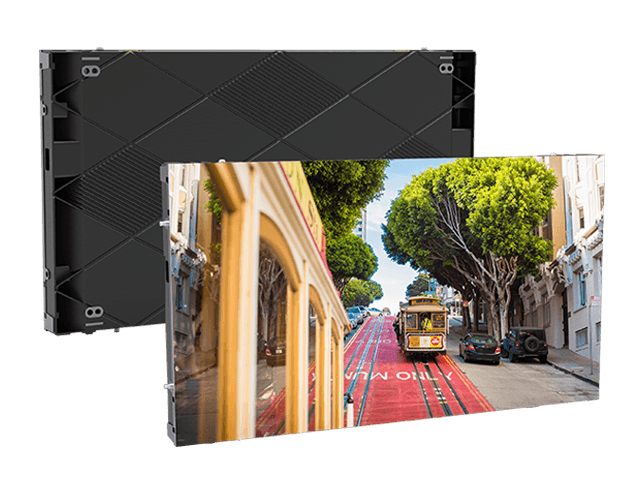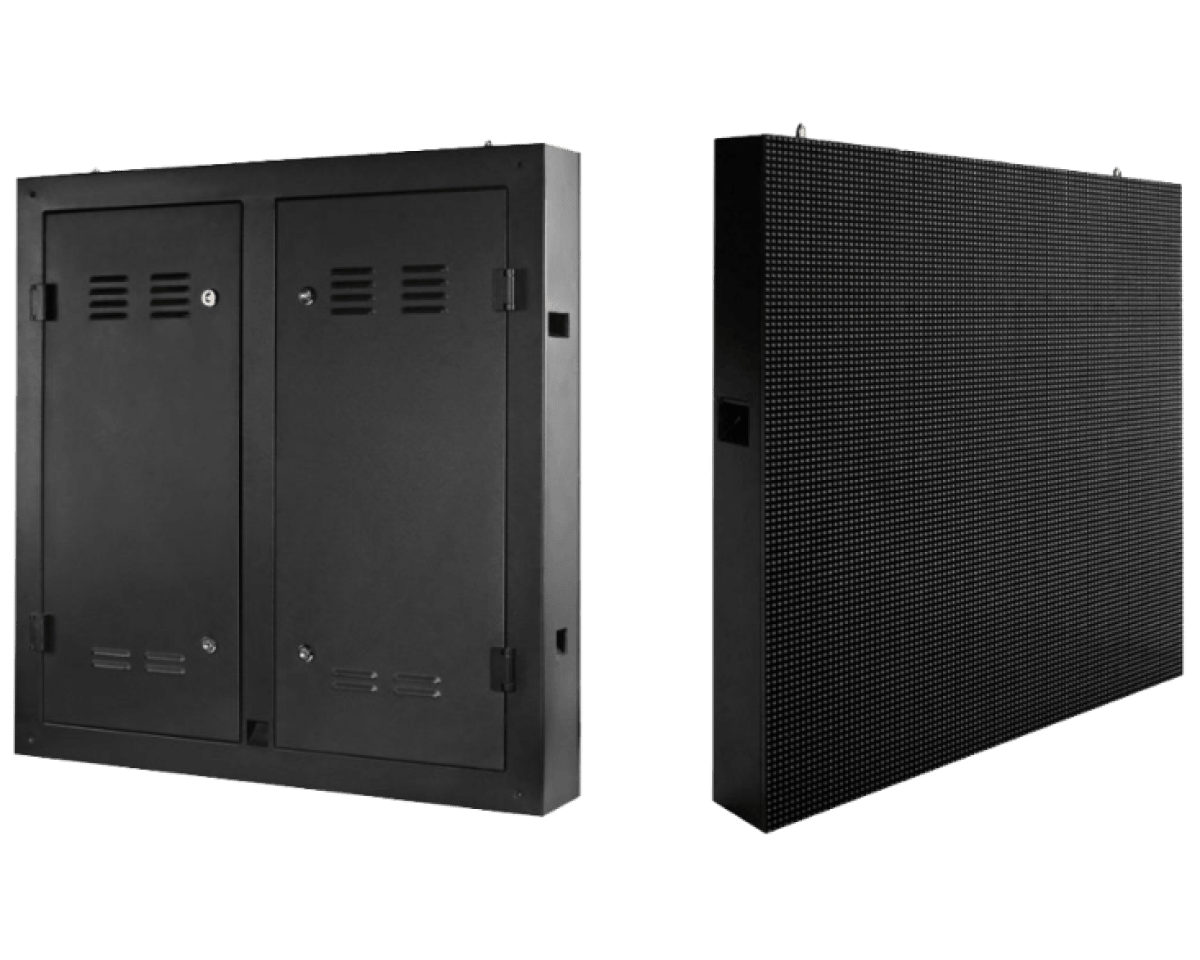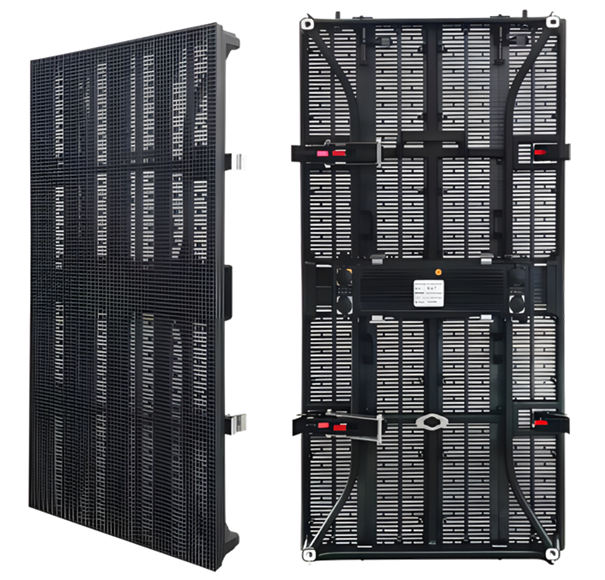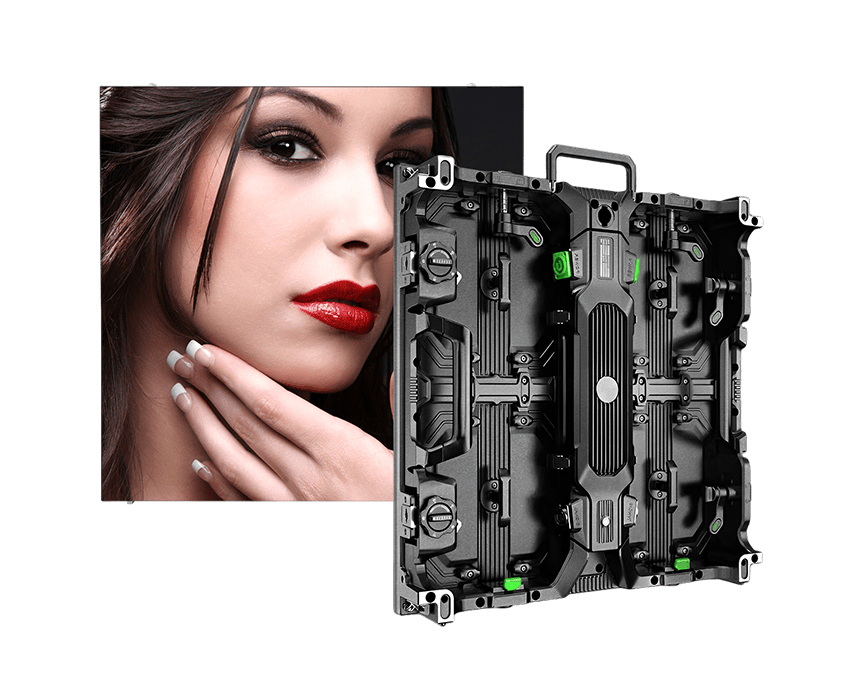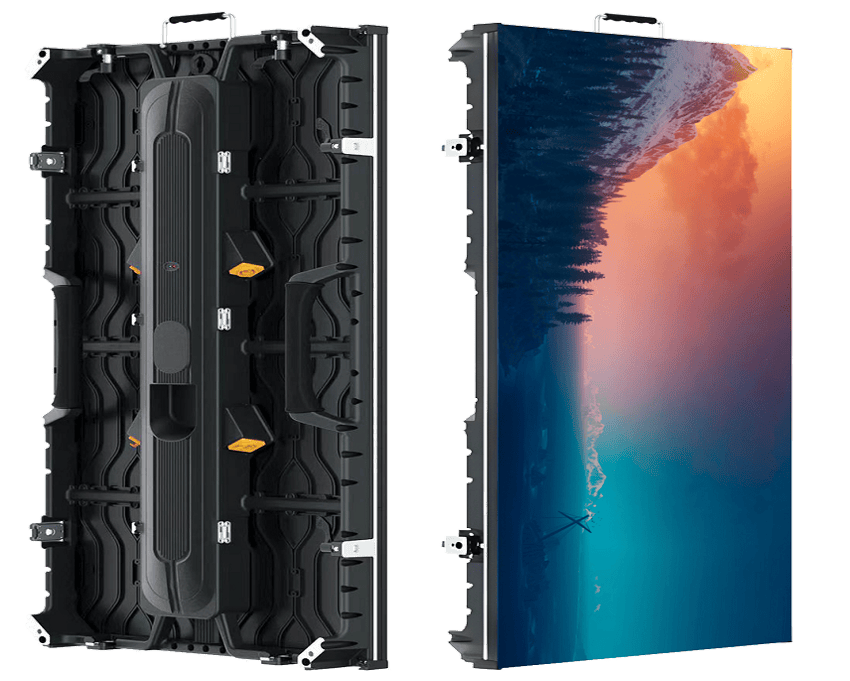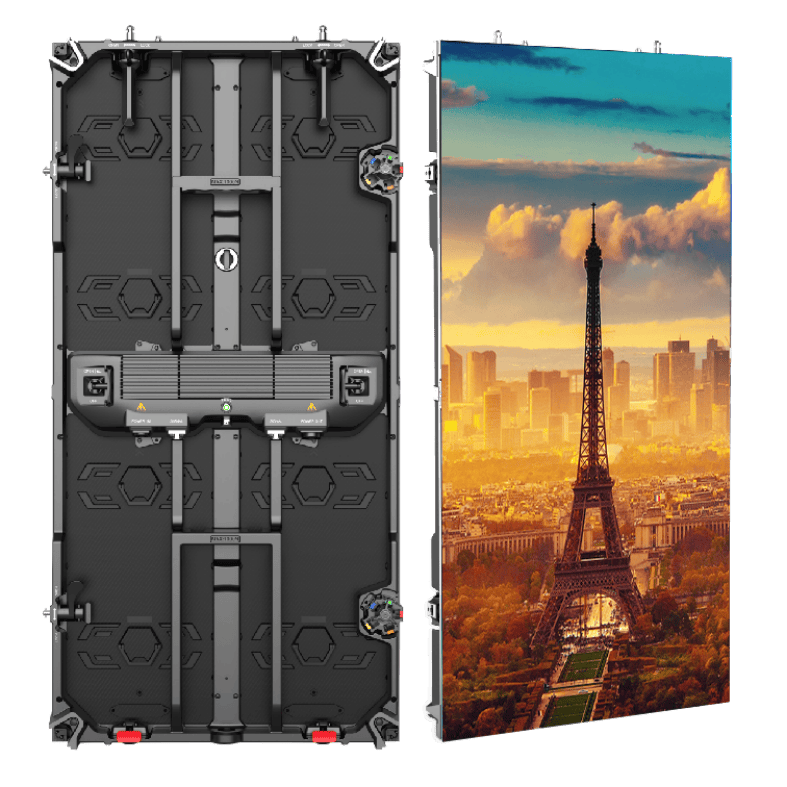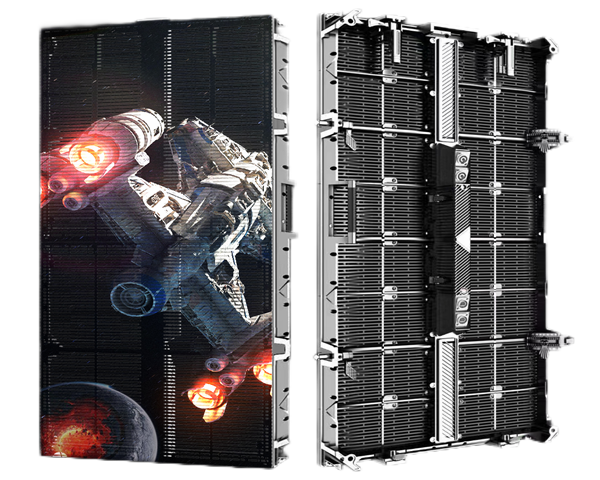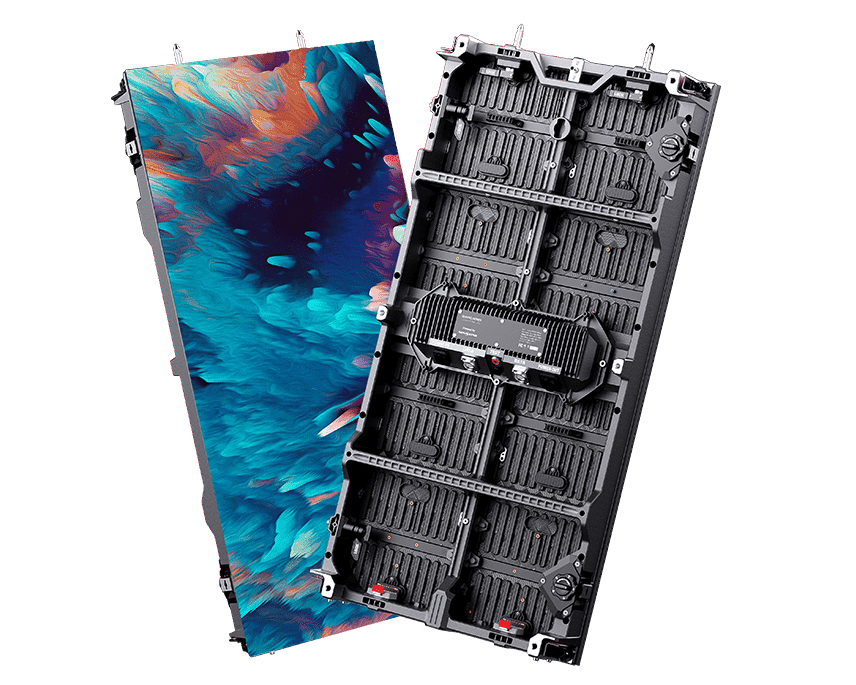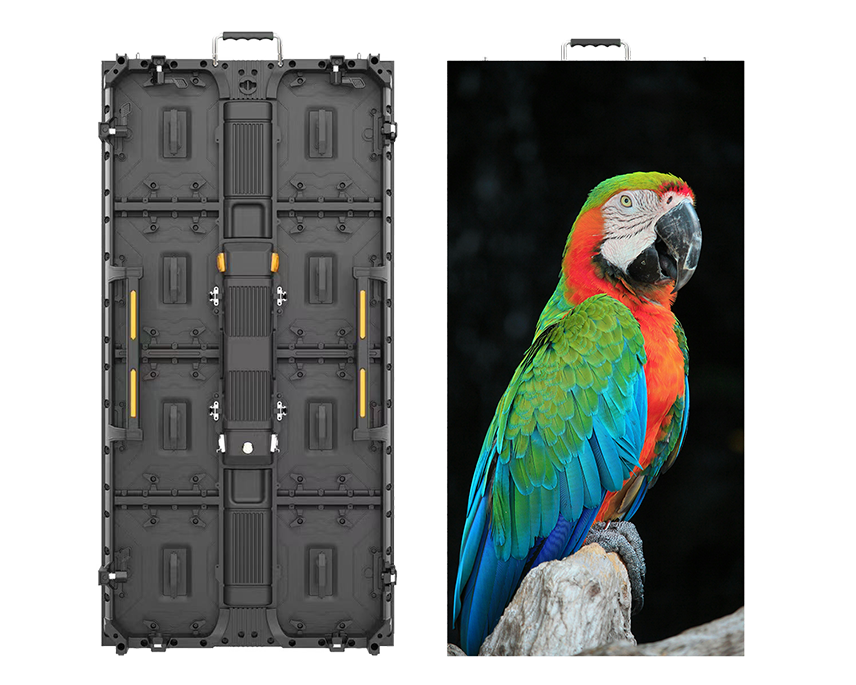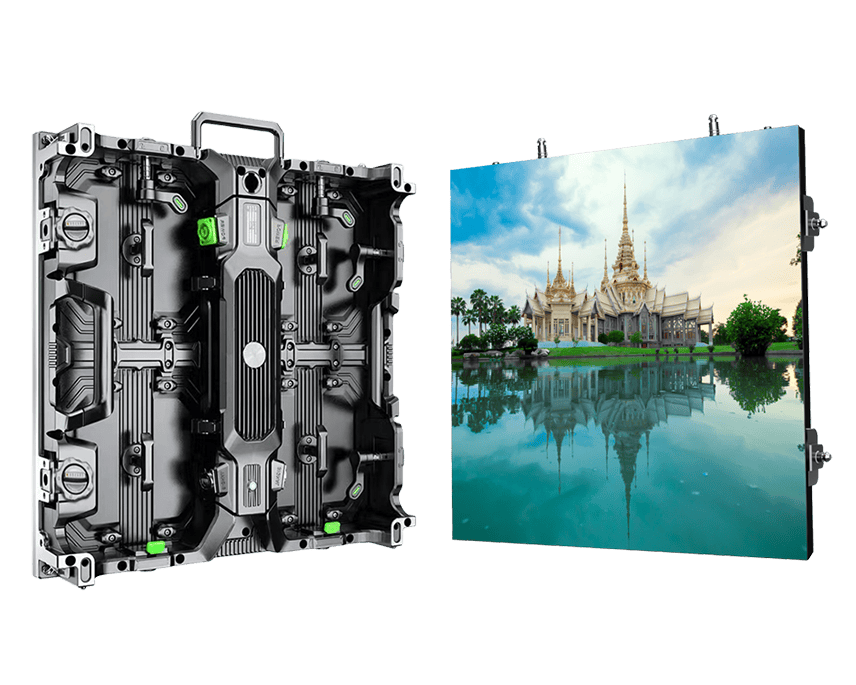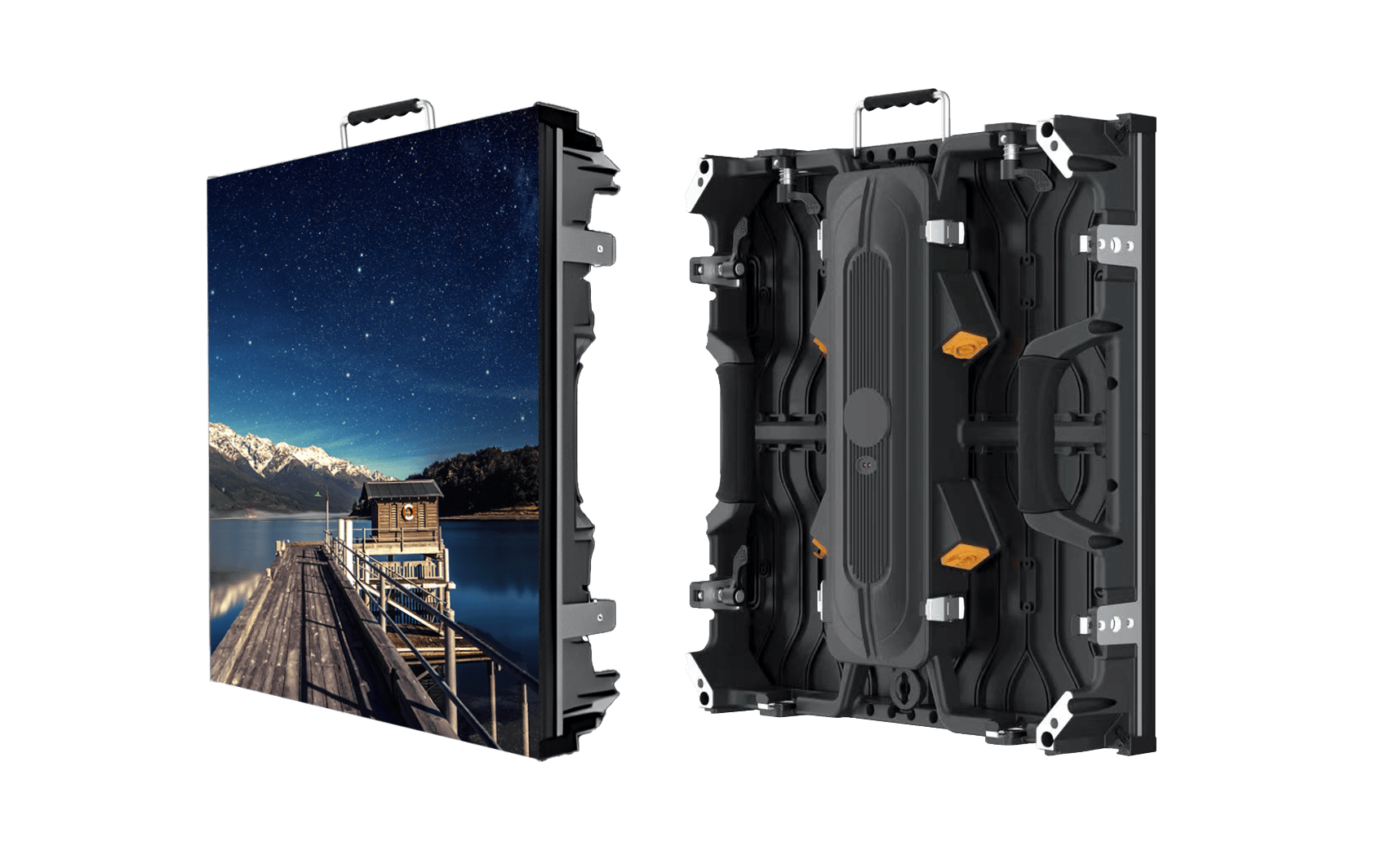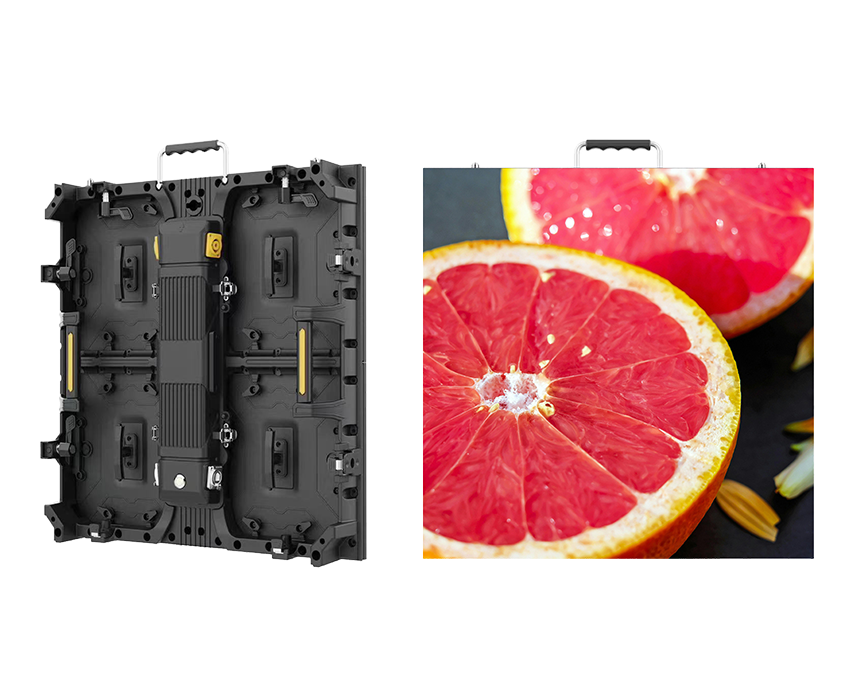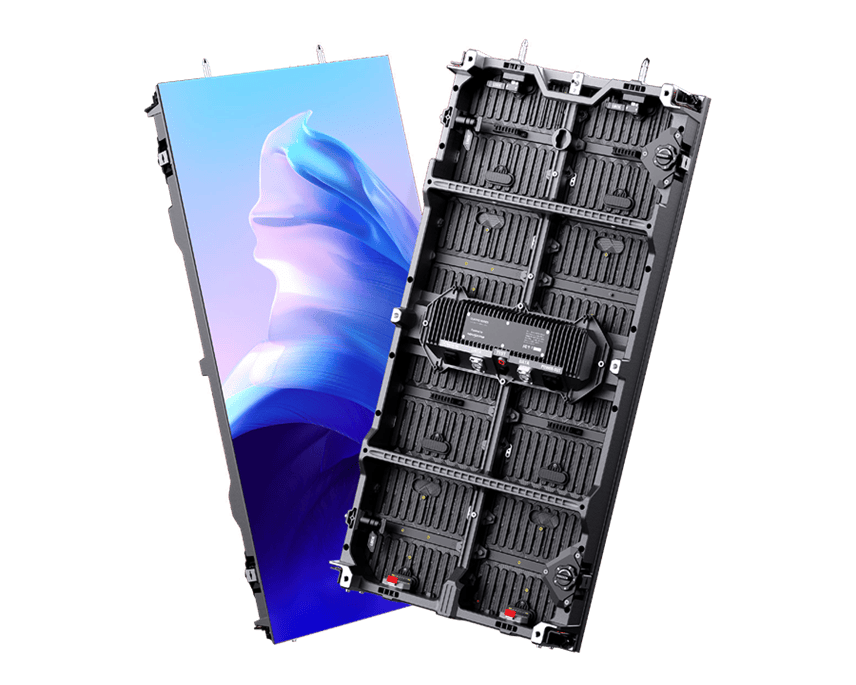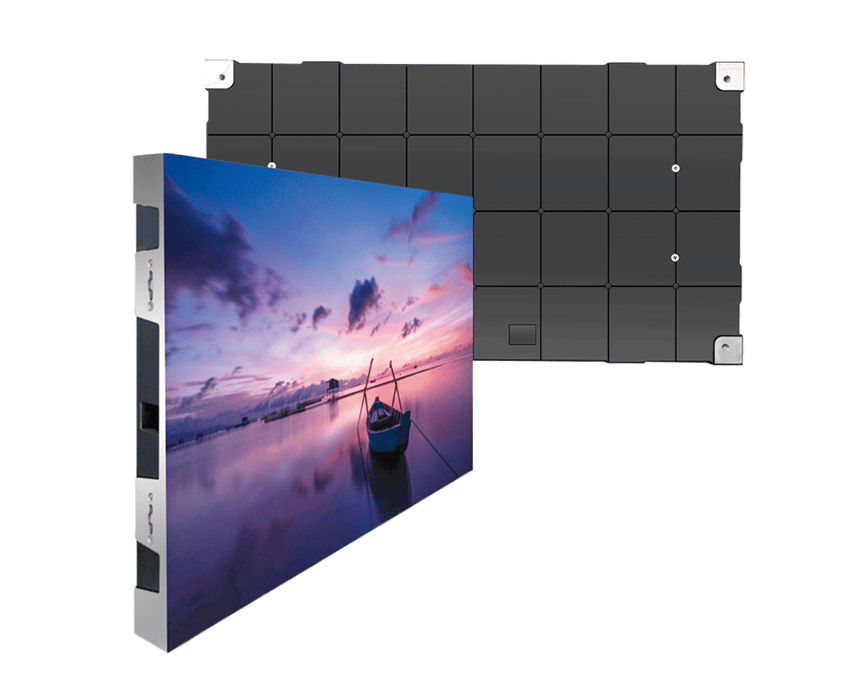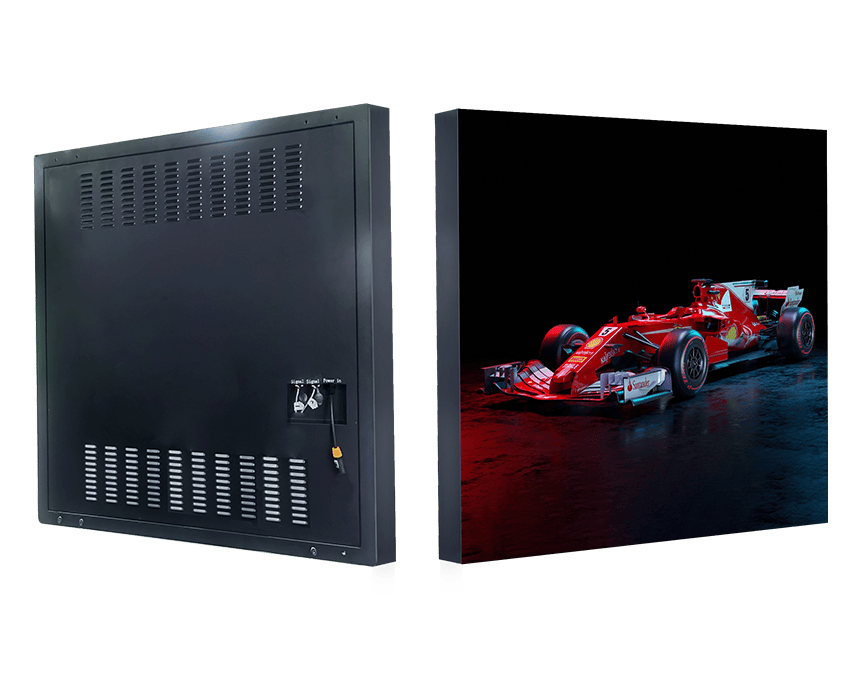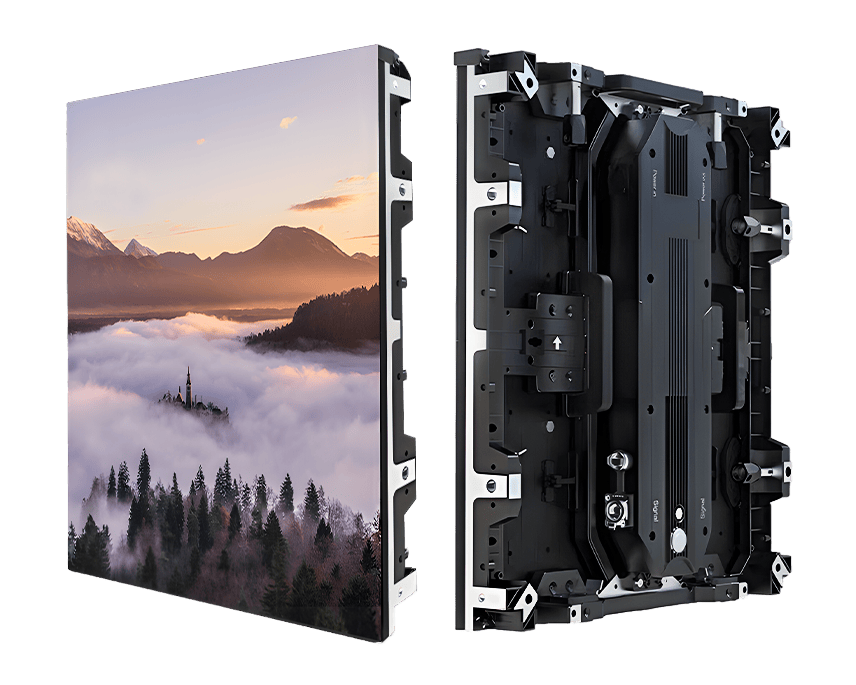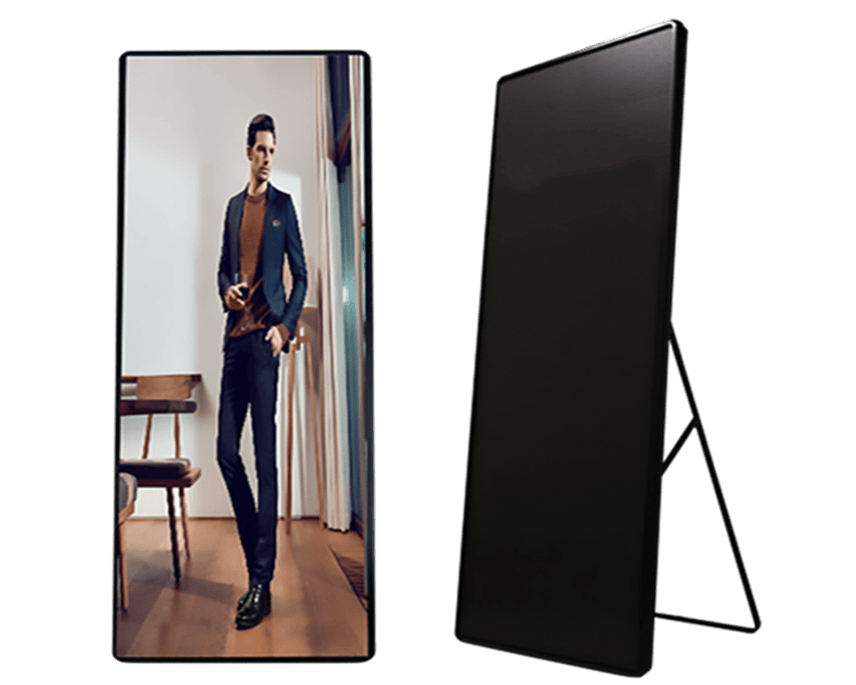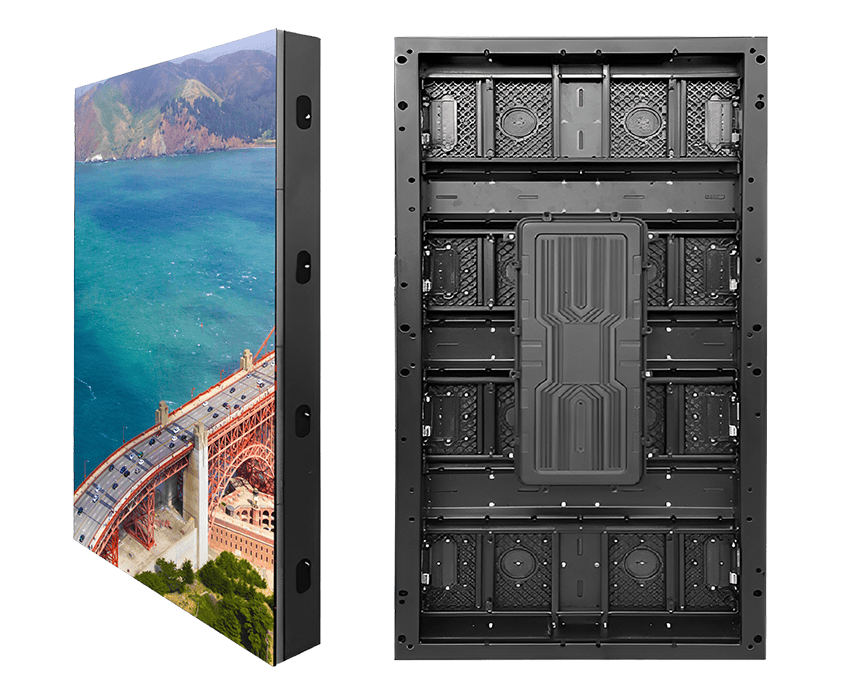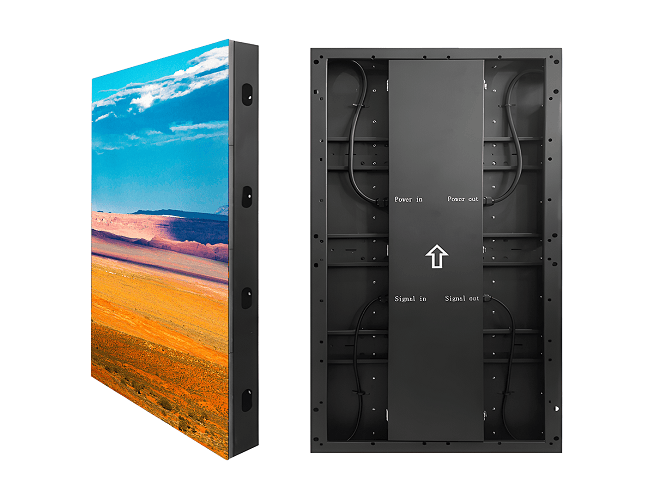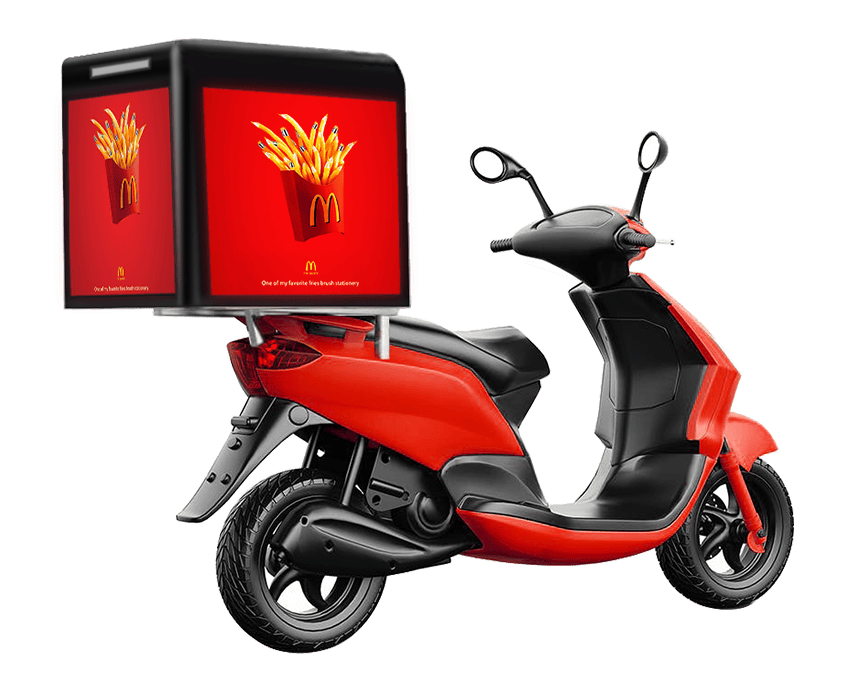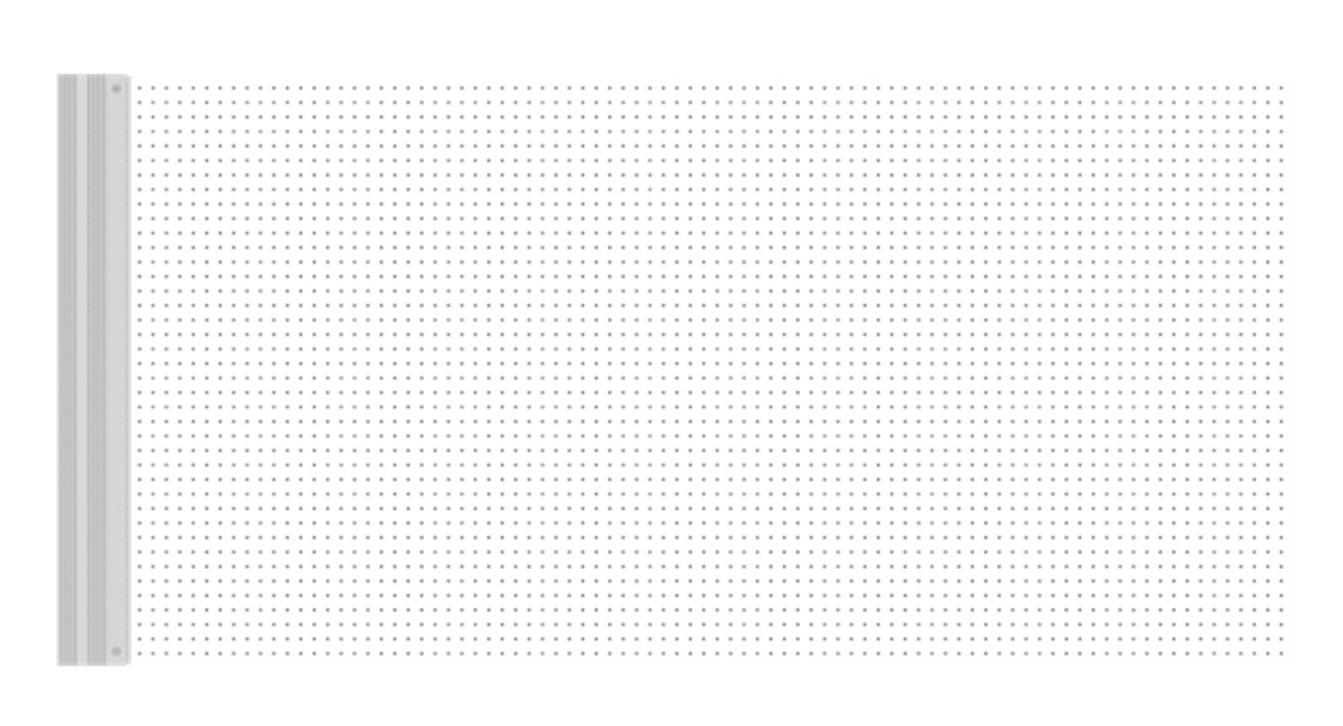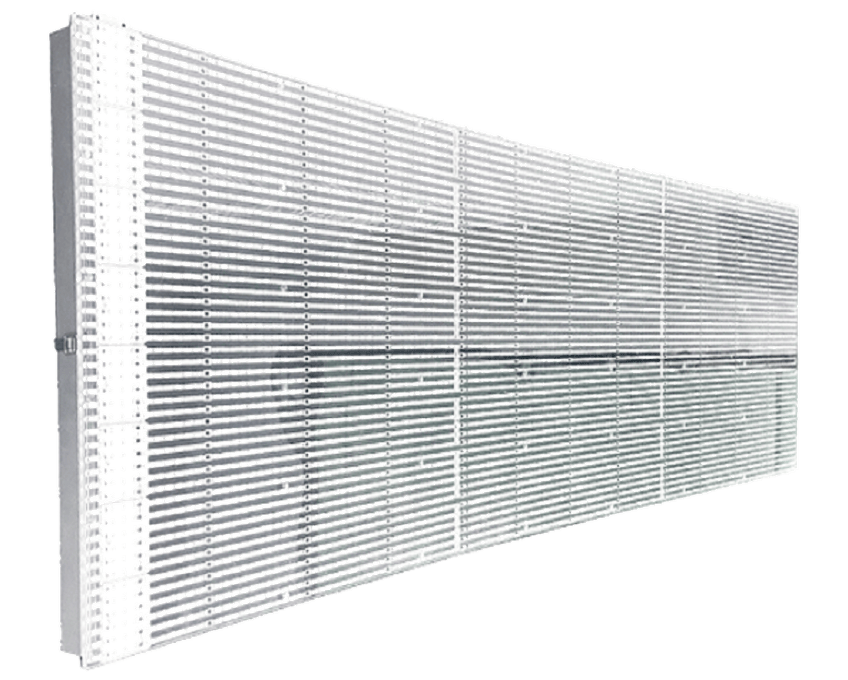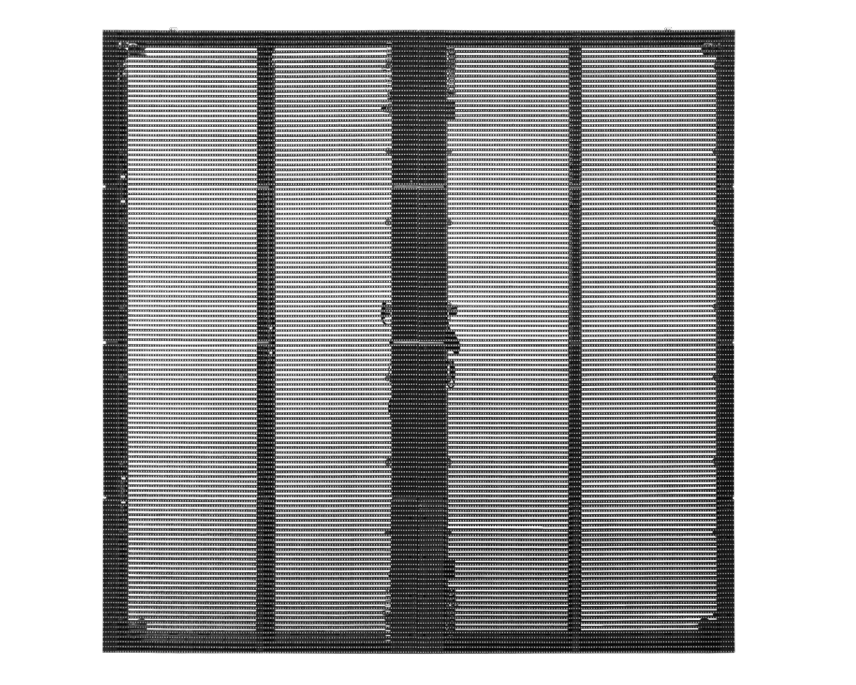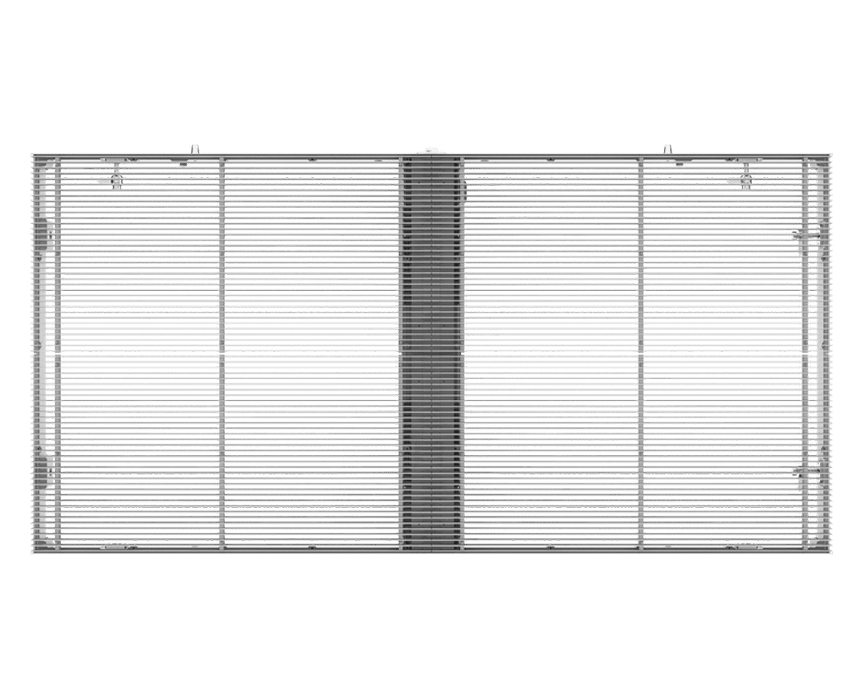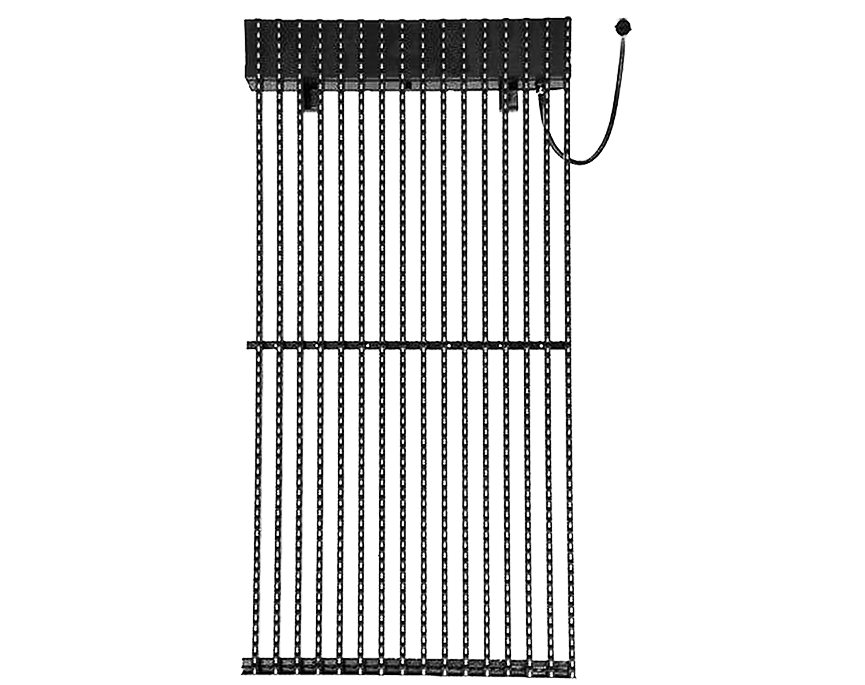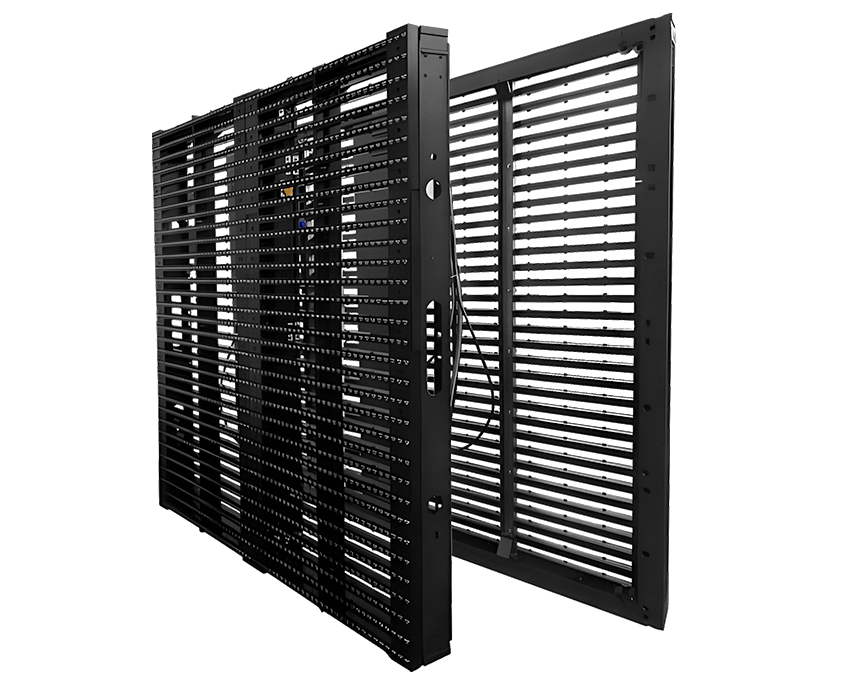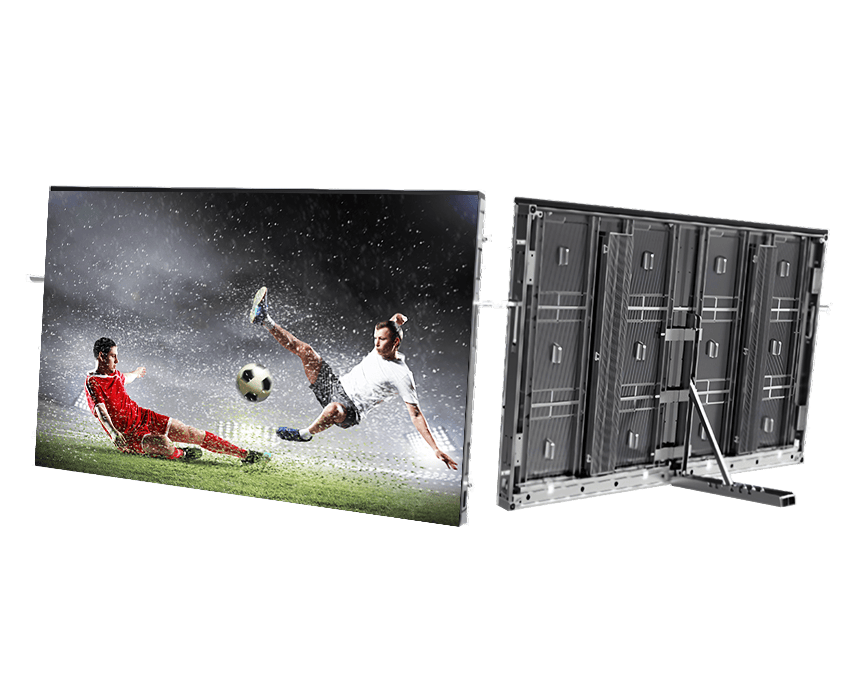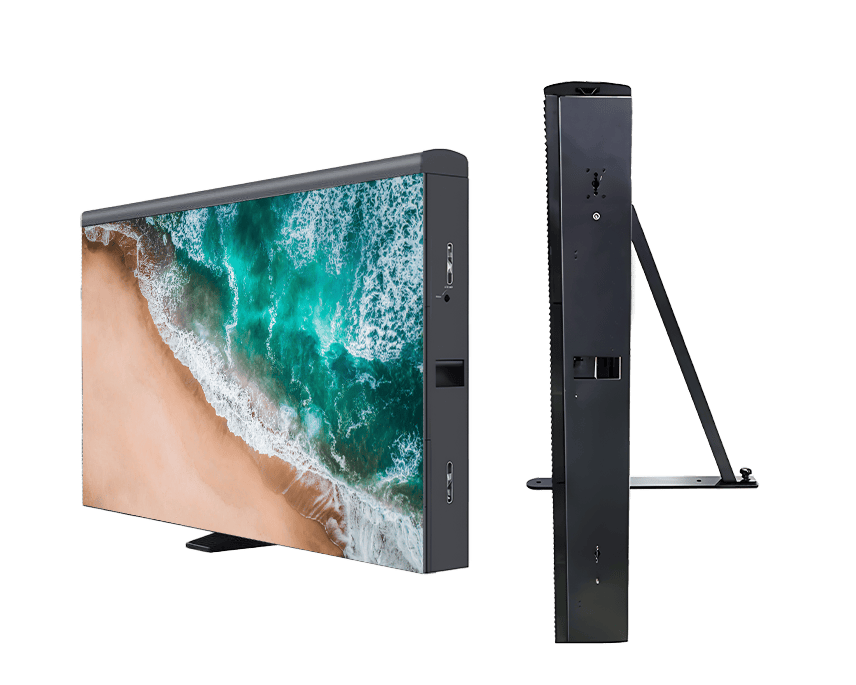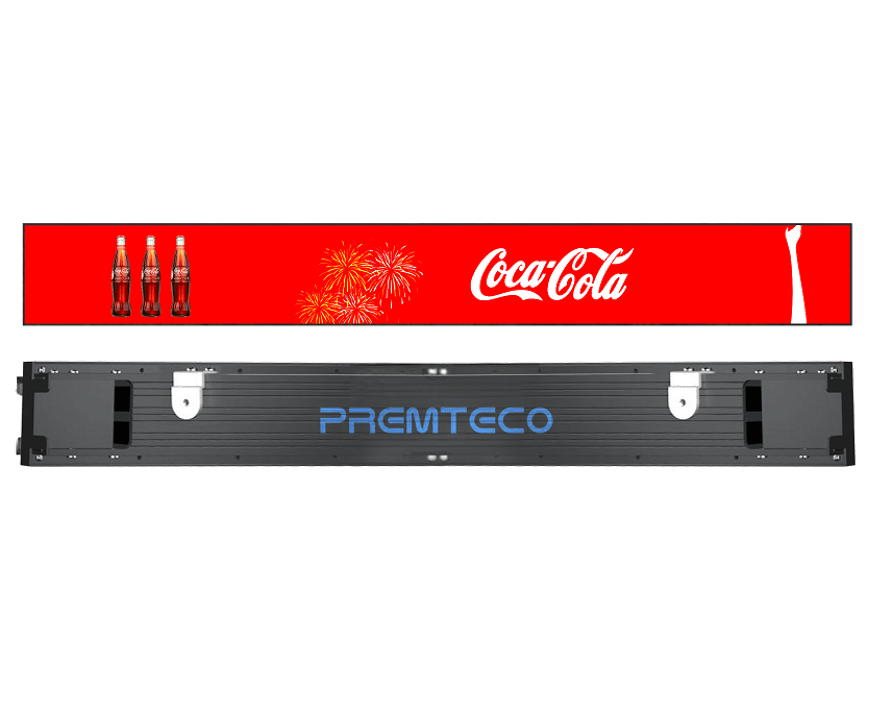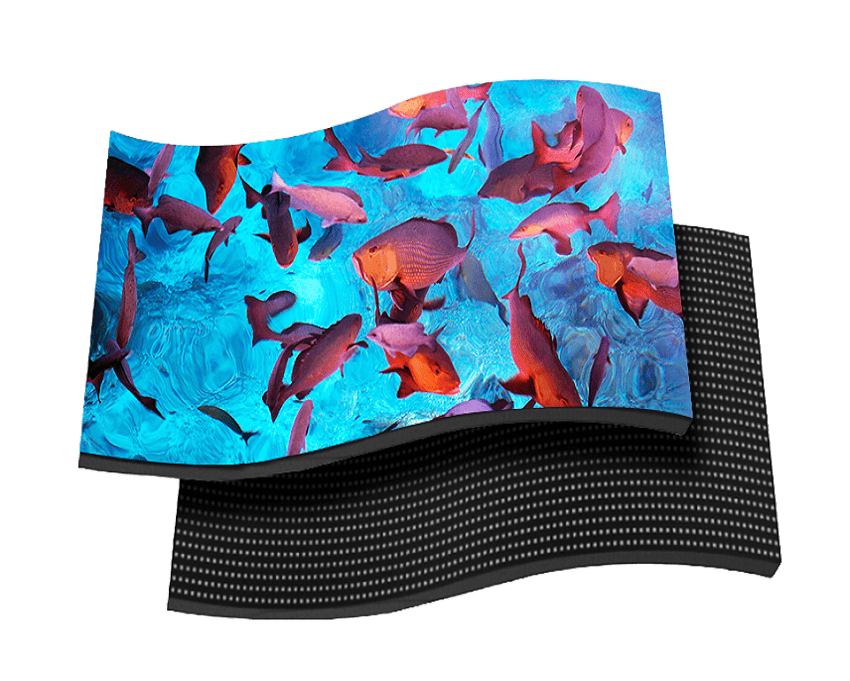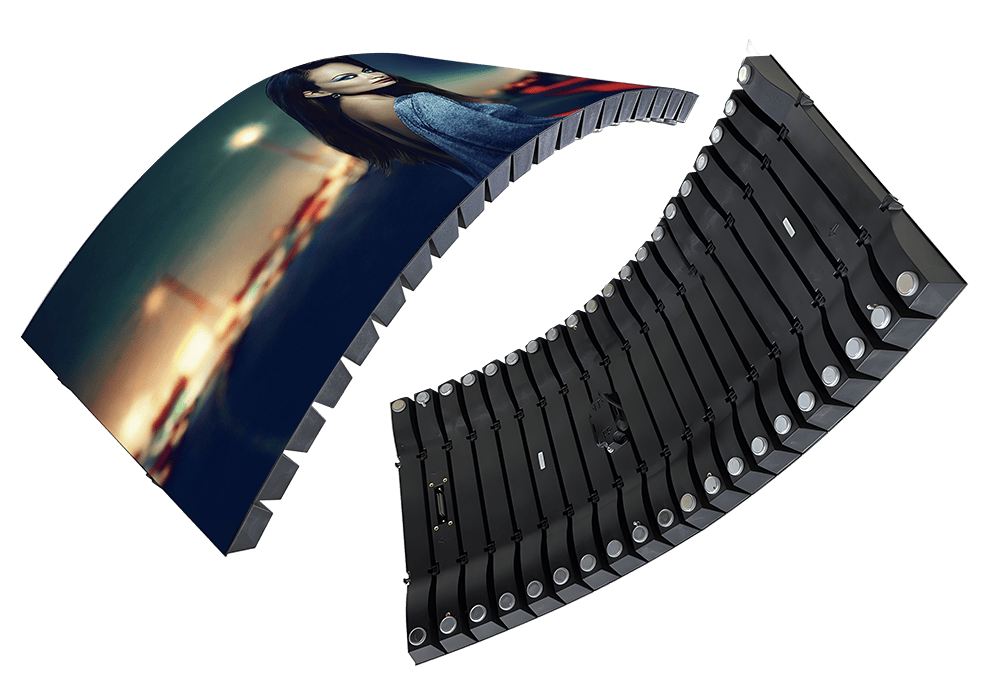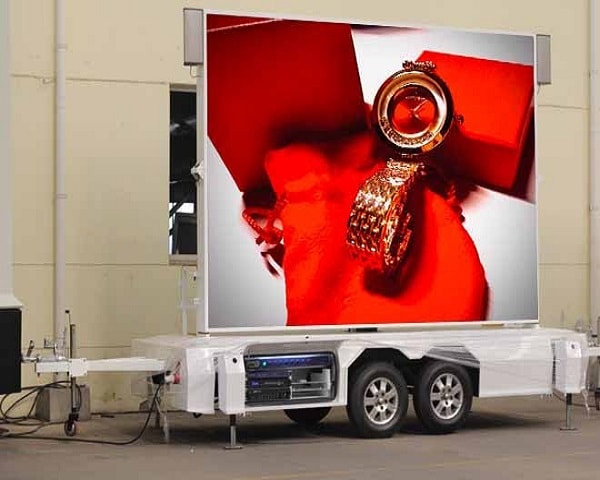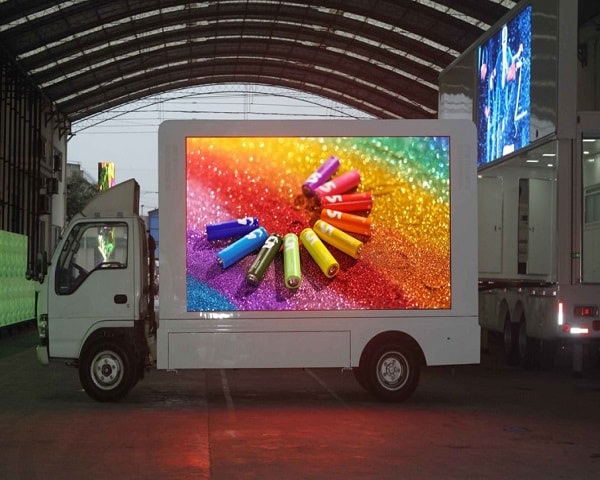IP54 vs IP65 LED Display: Choose Right IP Rating Guide
Views: 1743
Author: Site Editor
Publish Time: 2025-08-27
Origin: Site
When choosing an LED display, one of the most critical technical specs to understand is its IP rating. This rating defines how well the screen is protected against dust and water. Two of the most common ratings you will see are IP54 and IP65.
The difference between them is significant. Selecting the wrong one can lead to premature failure, costly repairs, and a shortened lifespan for your investment. This is not just a minor detail—it's a fundamental decision that impacts the long-term performance and cost of your display.
This article will clearly explain the difference between IP65 and IP54. Our goal is to provide you with the knowledge to choose the right level of protection for your specific environment and needs.
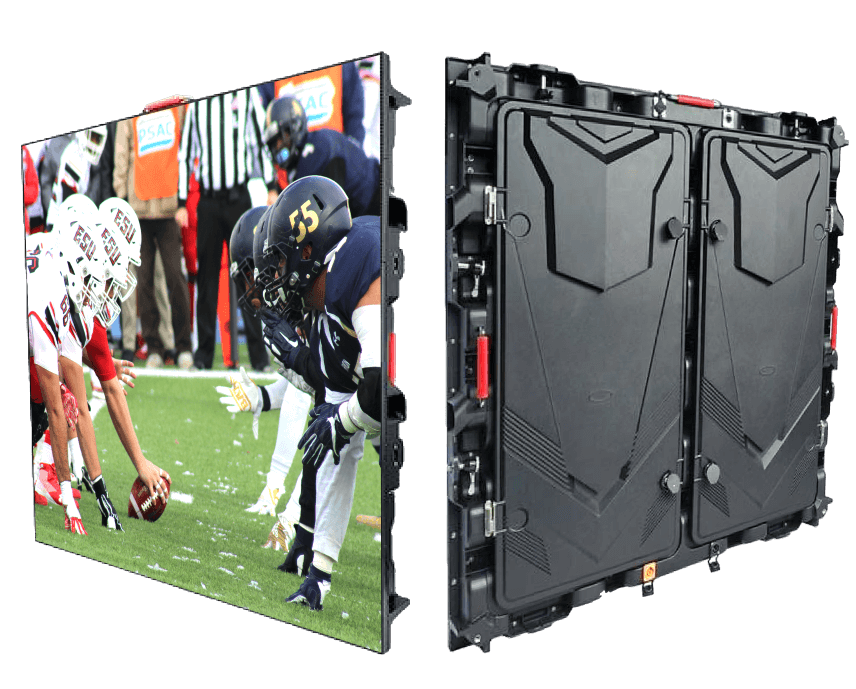
What is an IP Rating?
An IP rating is an international standard. It classifies the level of protection a product has against solids and liquids. "IP" stands for "Ingress Protection."
The rating consists of the letters "IP" followed by two numbers. Each number has a specific meaning.
-
The first number tells you the level of protection against solid objects like dust and dirt. This scale goes from 0 (no protection) to 6 (complete protection against dust).
-
The second number indicates the level of protection against moisture and water. This scale goes from 0 (no protection) to 8 (protection against long periods of immersion underwater).
In simple terms, a higher number means better protection. For LED displays, two important ratings to know are IP54 and IP65.
Differences Between IP65 and IP54
The difference between IP65 and IP54 is significant. The following table provides a clear, side-by-side comparison of their key features.
| Feature |
IP54 Rating |
IP65 Rating |
|
Dust Protection
|
Protected from limited dust ingress. Dust can enter but not in enough quantity to harm the equipment.
|
Completely dust-tight. Maximum protection. No dust can enter.
|
|
Water Protection
|
Protects against water splashes from any direction.
|
Protects against low-pressure water jets from any direction.
|
|
Best For
|
Indoor environments with potential for dust or occasional moisture.
|
Outdoor, humid, dusty, or special indoor environments.
|
What This Means in Practice:
An IP54 display, like our COB series, offers robust protection for indoor use. It is ideal for controlled environments where some dust or occasional humidity might be present, such as corporate lobbies, indoor arenas, or shopping malls. It provides excellent reliability against accidental spills and air particles.
An IP65 display, like our Stadium led display, is built for durability. Its complete seal provides maximum defense against fine dust and rain, making it the perfect solution for outdoor applications like stadiums, building facades, and rental events. It can withstand harsh weather and even be cleaned with a low-pressure water spray.
The key difference is that IP65 guarantees total dust protection and resistance to water jets, while IP54 offers limited dust protection and only resistance to splashing water.
Understanding the Total Cost: Why IP Rating Choices Matter
Selecting the wrong IP rating can be a very expensive mistake. The initial price of a display is only one part of the total cost. The real expense comes later if the product fails.
The Risk of IP54 in a Harsh Environment
An IP54 display is not designed for outdoor use or wet conditions. If installed in the wrong place, it can have problems. Dust will slowly enter the display. This dust can block cooling and cause the LEDs to overheat. Overheating leads to dead pixels and color shifts.
Water is an even bigger risk. An IP54 screen can handle splashes but not direct spray. Rain or water jets will enter the display. This can cause short circuits and corrosion. The damage often requires expensive repairs or full module replacements. You may also face downtime during events or advertising campaigns.
The Value of IP65: An Investment in Long-Term Reliability
An IP65 display costs more initially. However, this cost is an investment in long-term performance. The complete seal keeps the internal components clean and dry. This prevents most common causes of failure.
You will have lower maintenance costs and less downtime. The display will have a longer lifespan and stable performance. This provides a much better return on investment over time.
Conclusion
Choosing the right IP rating for your LED display is not just a technical detail - it's a crucial business decision. The correct choice ensures your display delivers reliable performance, minimizes maintenance costs, and provides long-term value. Contact us today for a free consultation and personalized recommendation that will ensure your investment is protected for years to come.













